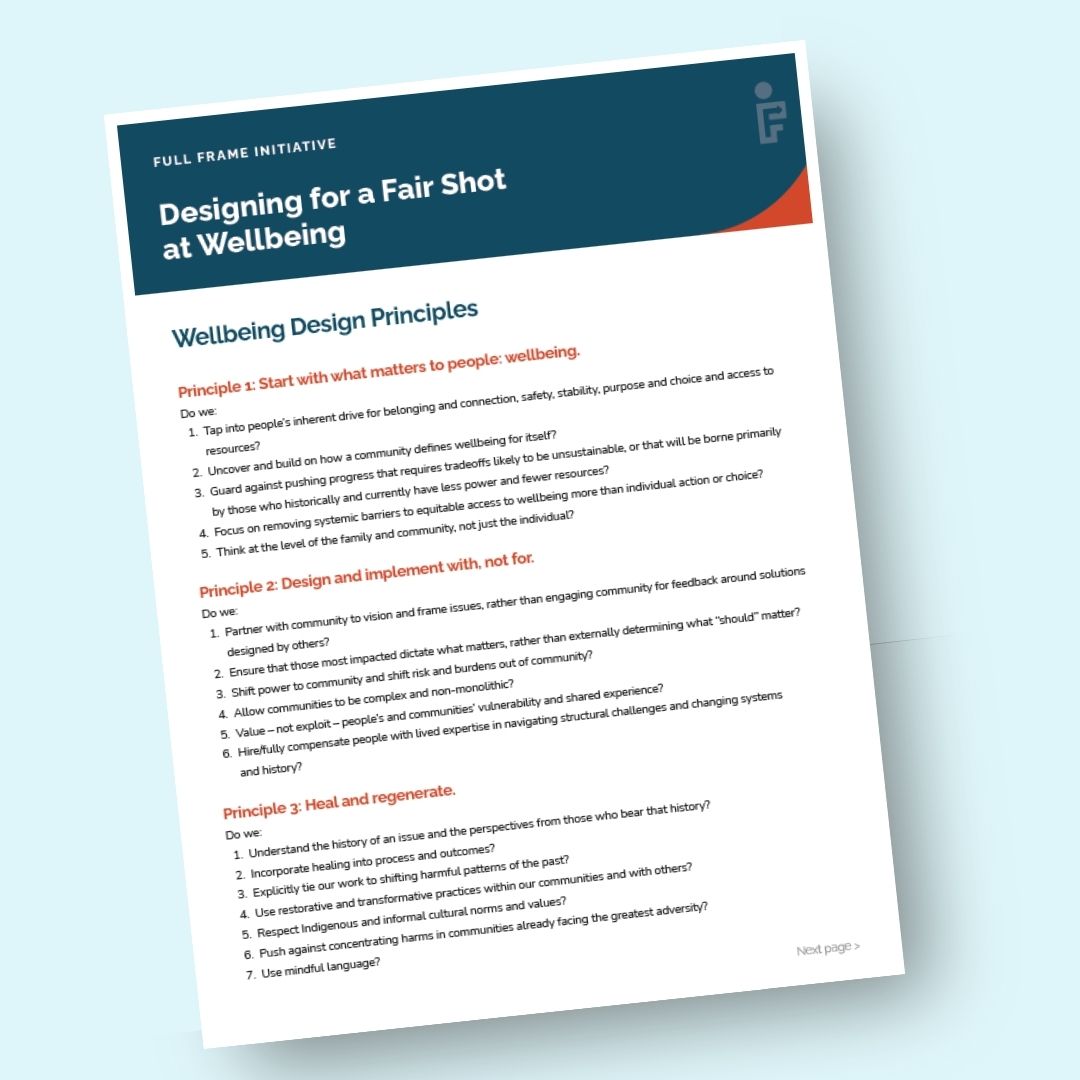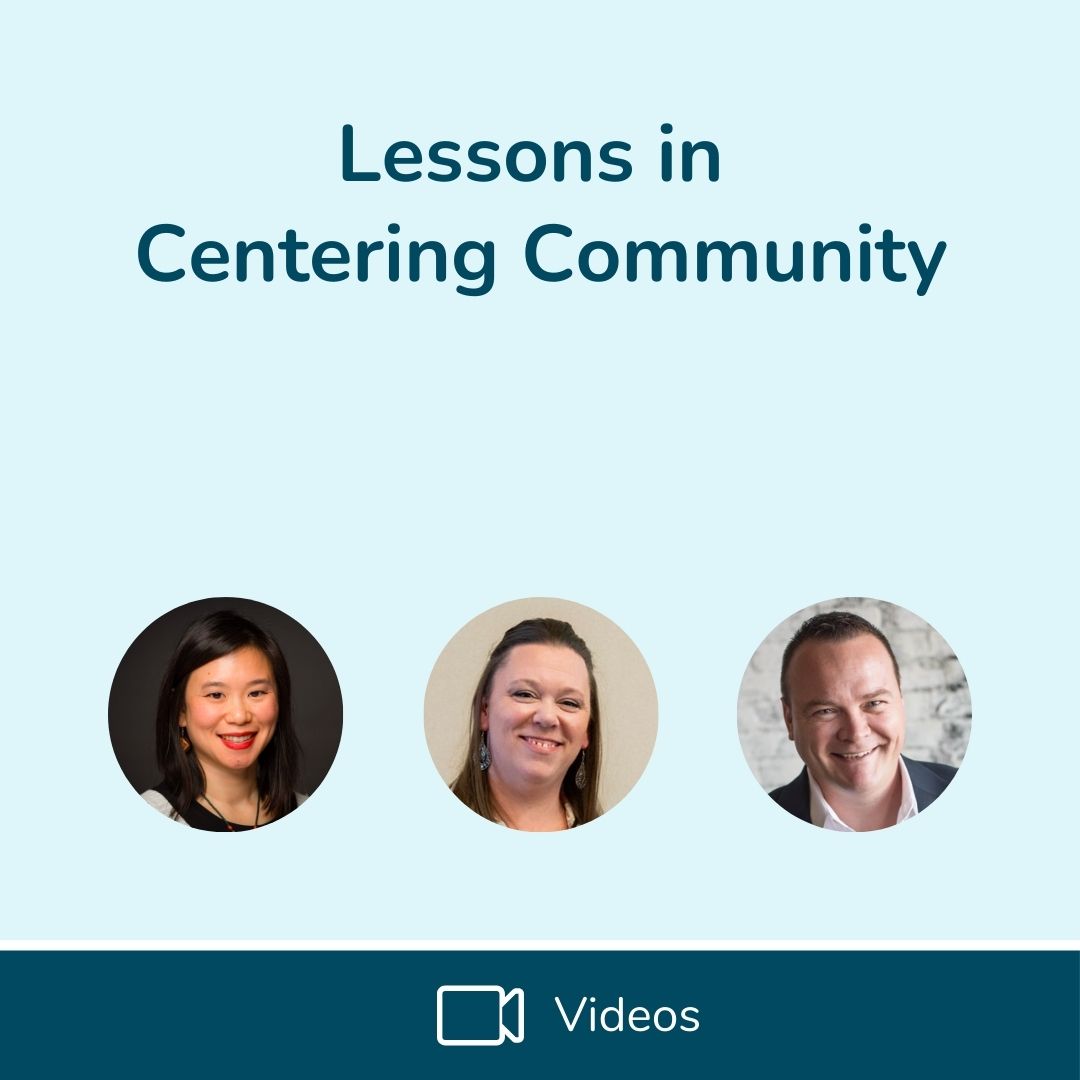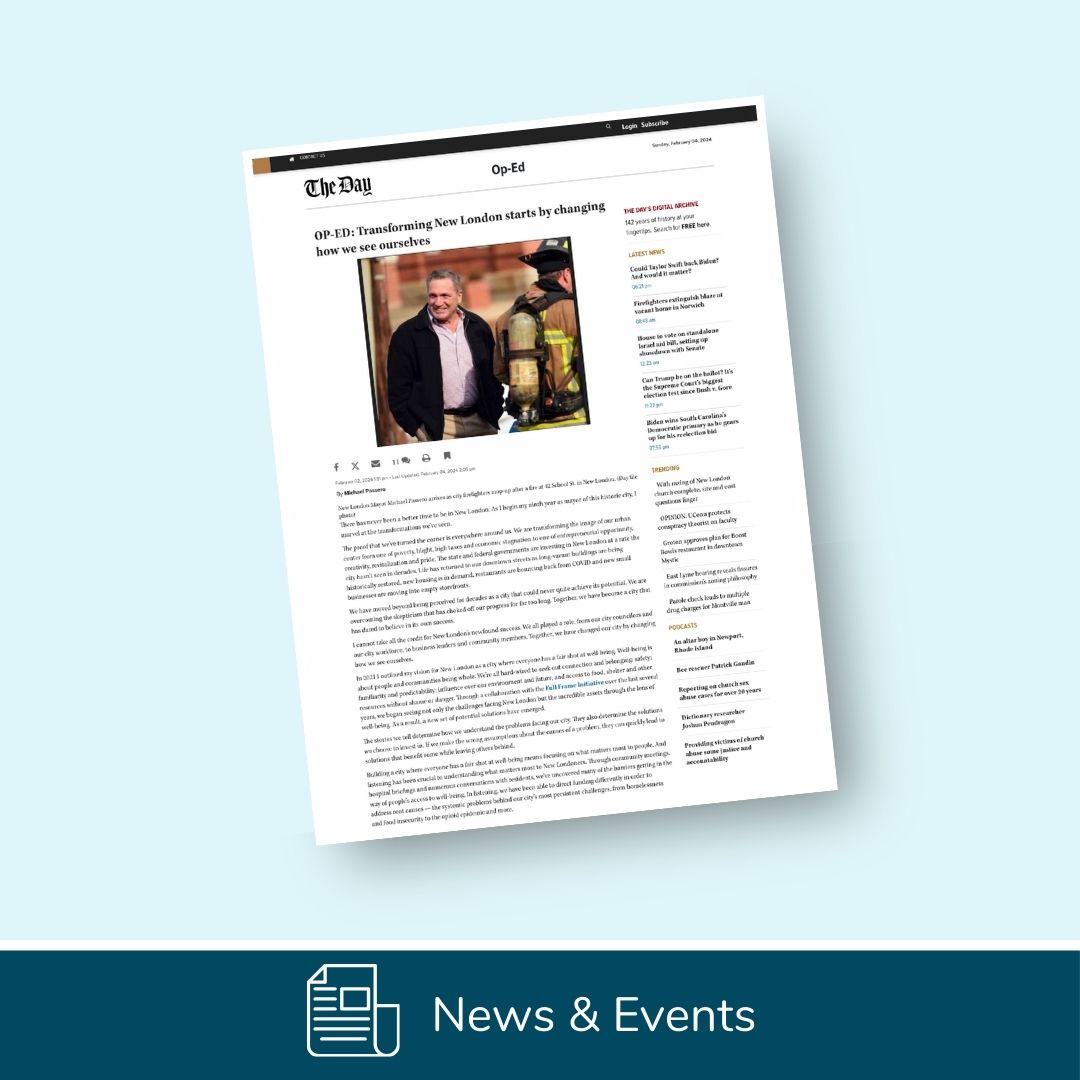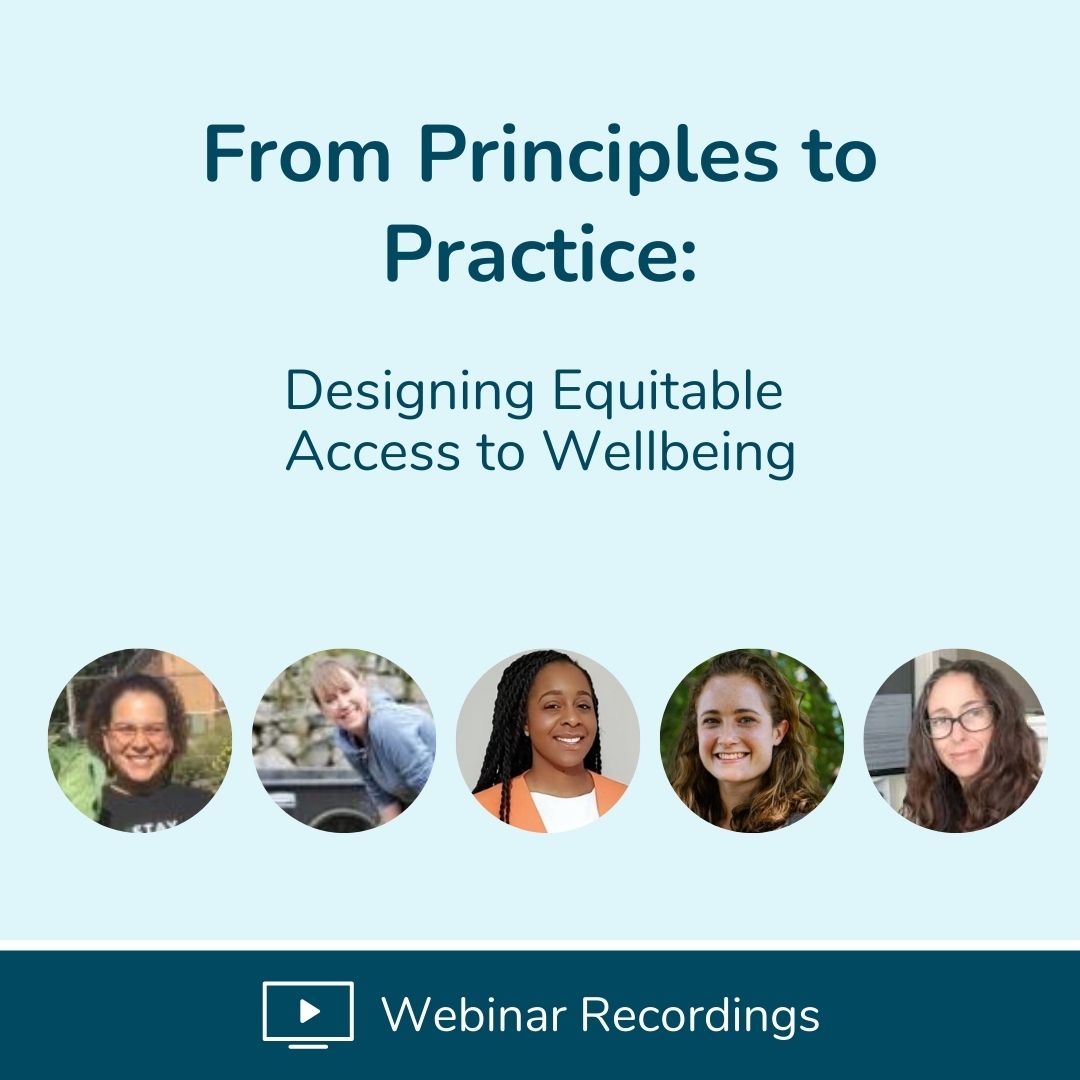How can we ensure that everyone has a fair shot at wellbeing? Utilize our Wellbeing Design Principles to turn the wellbeing framework into action.

The Wellbeing Design Principles are how you can turn the wellbeing framework into action to ensure programs, services and systems are designed for everyone to have a fair shot at wellbeing.
The Wellbeing Design Principles have their roots in the Full Frame Approach we defined back in 2016, which shaped the Wellbeing Blueprint at the start of the COVID-19 pandemic and the country’s racial reckoning in 2020.
“The Wellbeing Design Principles have been so helpful in so much of the work I do for the Interaction Institute for Social Change. I have brought them into work on food systems, legal aid, public health and community work. They are so helpful in pointing to the social nature of our sense of "wholeness.”
”

Full Frame Initiative was joined by Angela Cochran, Ohio START Caseworker in Trumbull County, Ohio and Mike Kenney with the Public Children Services Association of Ohio (PCSAO), who shared about their two-and-a-half-year journey toward centering community and co-creating a framework that is led by those most impacted.

Mayor Michael Passero writes about the impact of the city of New London's partnership with FFI. Together, we're shifting how leaders and residents see their roles in building a city where everyone has a fair shot at wellbeing.

Learn about how organizations design programs and initiatives with wellbeing at the center, how they work past barriers, and what this approach has unlocked for themselves and their communities.